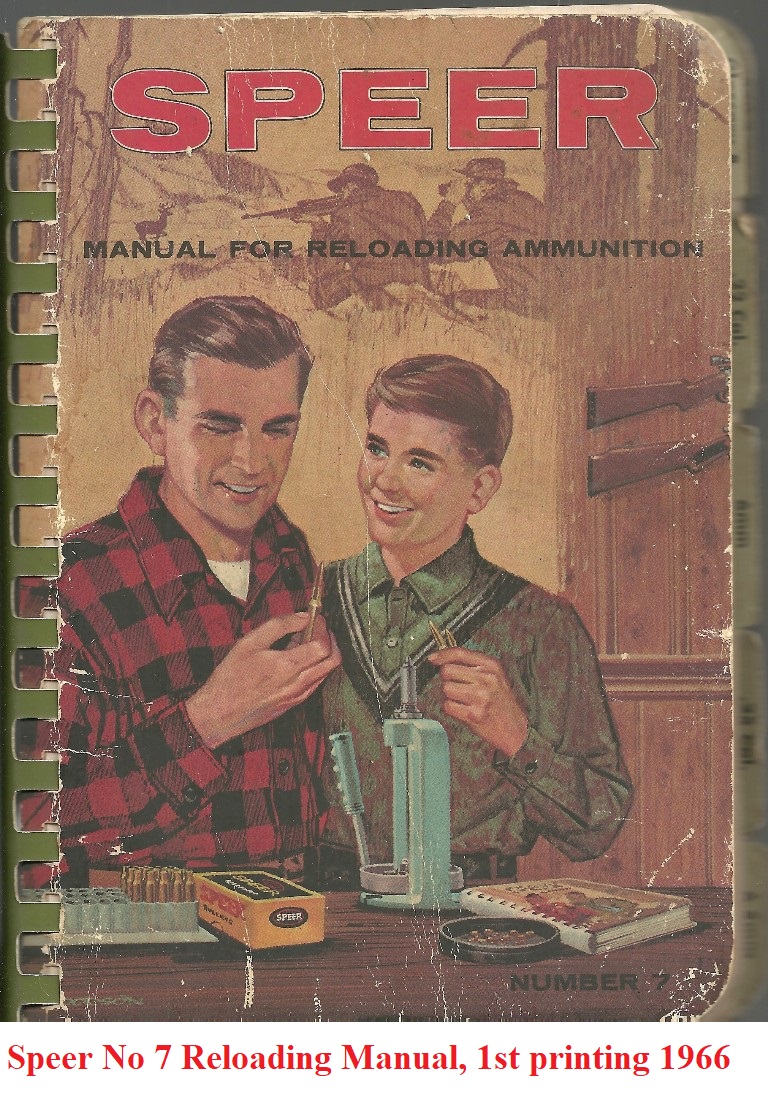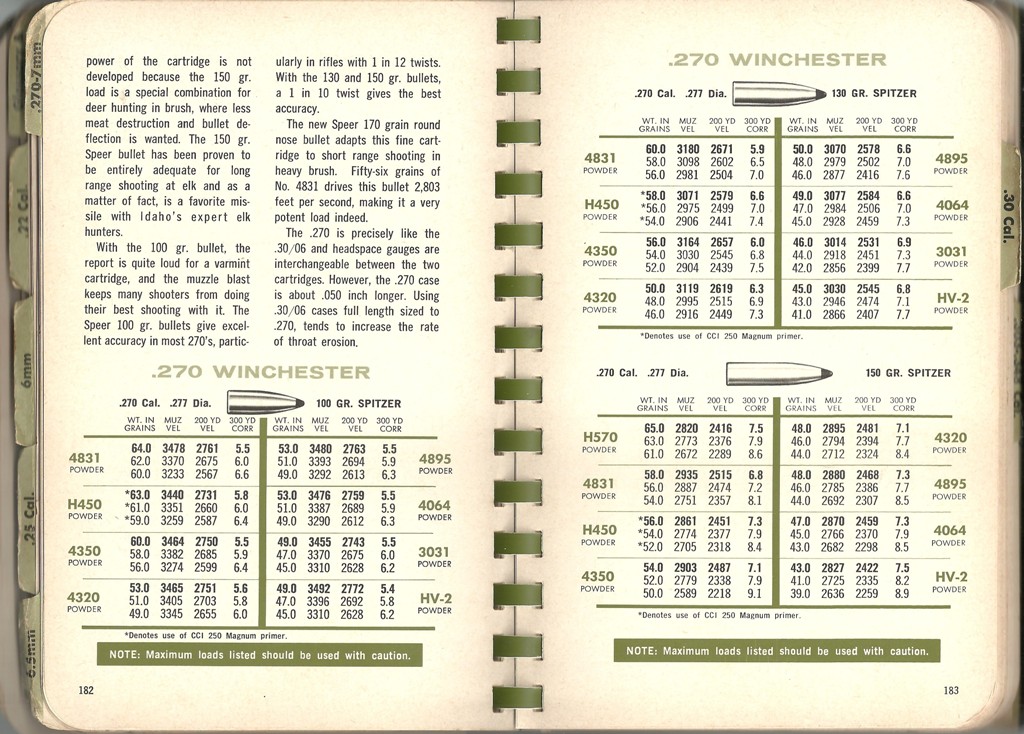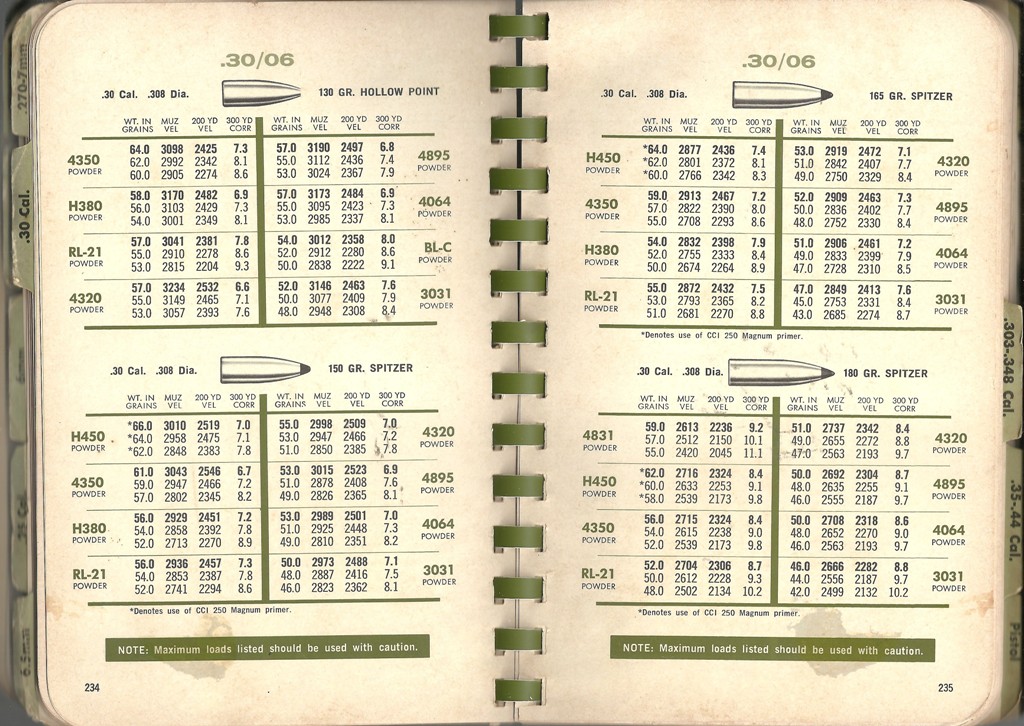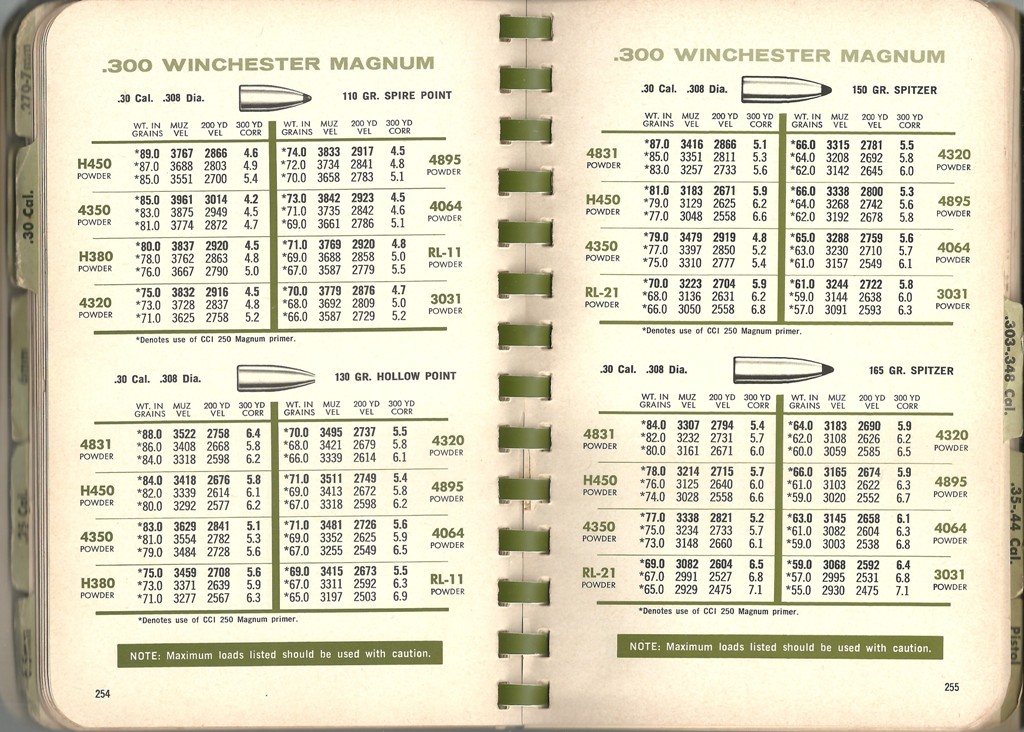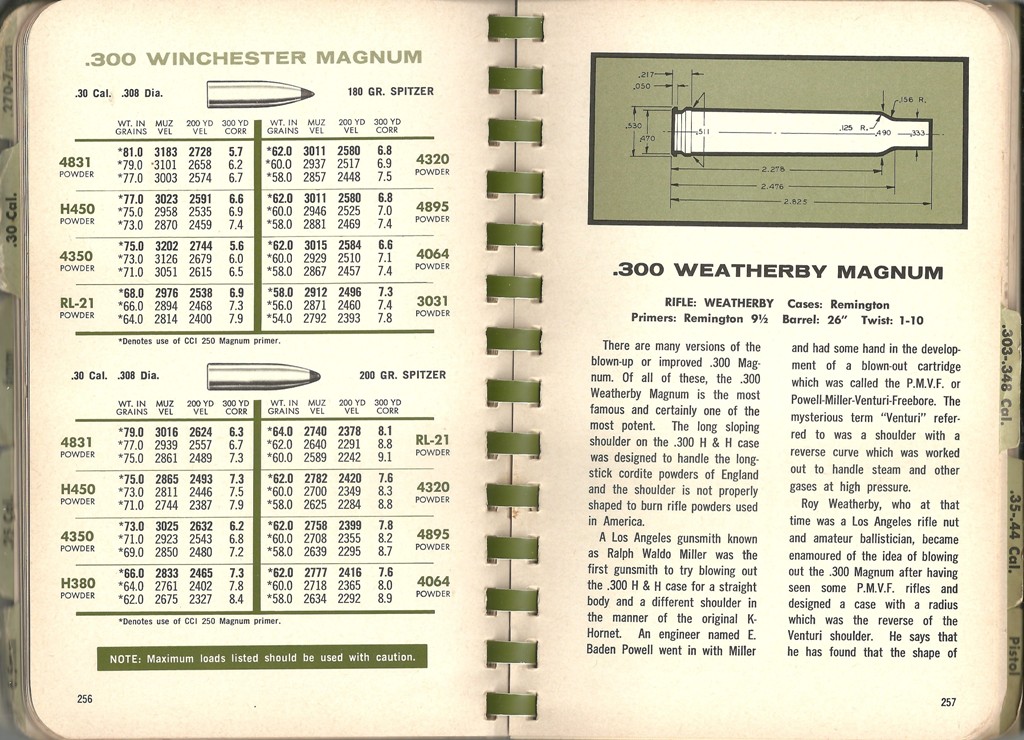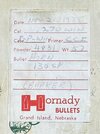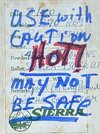nettlle
Contributing Member
Do you still use the data published in the old reloading manuals? I have many manuals that are 20+ years old but haven't used them because of their age. And I certainly could be wrong.
I would be willing to bet that red green or blue could be used for "the load" if adjusted properly. I trend toward slower pistol powders now, seems like trouble is a few grains away instead of a few tenths.I like the older ones too. Lymans 3rd cast i use all the time. I done some work with Blue dot. Based on Red and Green dot loads and it's burn rate. Green dot loads have slightly higher powder loads. What i did with Blue dot. I started with 1 full grain more. No ill effects. Then later i came across some work. Buy a fellow called Seafire on an forum. His work verified what i was doing. I belive he has pressure testing equipment. You can find his work on 24hr campfire.
Blue Dot Loads - Seafire
Seafire, sent you a pm a couple days ago about Blue Dot loads. Just found some Blue Dot locally. I gave you a heads up in the pm where you might find it. I appreciate all the data you've posted on this. I've already tried loading some in the 223, and I'm hoping to make it to the range to...www.24hourcampfire.com
When I cannot find current published load data for bullet weight/nose profile I am using with particular powder, I will reference older published load data for my load development like this 2004 Alliant load data - https://www.thehighroad.org/index.php?resources/2004-alliant-load-data.18/Do you still use the data published in the old reloading manuals? I have many manuals that are 20+ years old
If you loaded from them then, and still use the same load, maybe a slight reduction just to be assured, but go right on loading as you have in the past. There have been some claims that newer powders...2400 and Unique, for example...are "hotter" or some such, but if you're on the ragged edge of sanity, and your reload flies back and shoots your hat off,Do you still use the data published in the old reloading manuals? I have many manuals that are 20+ years old but haven't used them because of their age. And I certainly could be wrong.
